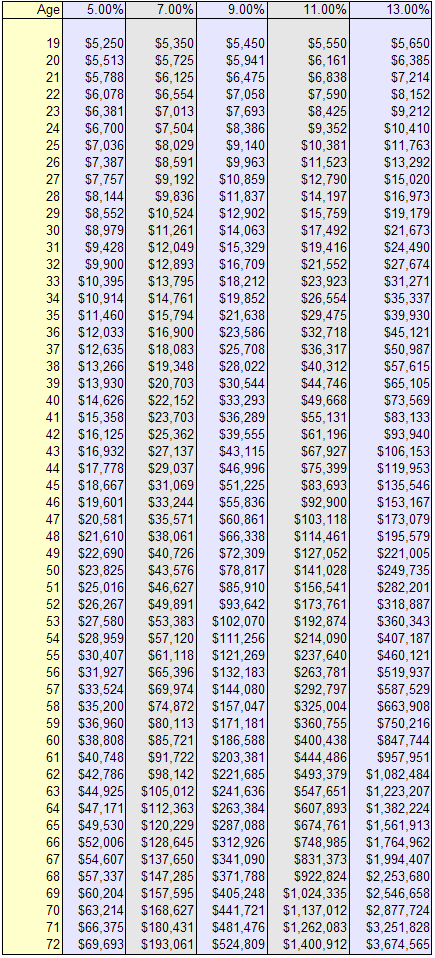The Most Common Roth IRA Investments
Post on: 13 Август, 2015 No Comment

While traditional individual retirement accounts (IRAs) are more popular, Roth IRA s are the fastest growing among the different types of IRAs. Roth IRAs are the younger sibling to traditional IRAs and were introduced in the 1990s. They are funded with after-tax dollars which means distributions are tax-free. They differ from traditional IRAs, which are funded with pre-tax dollars, meaning that tax is delayed until distributions are made.
The number of households owning Roth IRAs has increased by about 5.3% annually between 2000 and 2013, compared to a 1.3% growth rate for traditional IRAs. More than 19 million households in the U.S. have Roth IRAs, which accounted for $505 billion in retirement assets at the end of 2013, according to the Investment Company Institute .
Roth IRAs, on average, include three different types of investments per account, Investment Company Institute data reveals. While there are a few exceptions, you can hold just about any investment in this increasingly popular retirement account. What follows is a breakdown of the most common options. (For related reading, see: Tax Treatment of Roth IRA Distributions .)
Mutual funds are the darling of retirement accounts overall because of the diversification they offer, so it comes as no surprise that they are the most popular investment in Roth IRAs. (For more on this topic, see: Choosing Quality Mutual Funds .)
They account for 62% of investments and include equity, bond and balanced funds. Equity mutual funds are the most popular by far making up more than half (52%) of the mutual funds in Roth IRAs, according to the Investment Company Institute. Equity funds invest in domestic and international stocks and are actively managed or track a stock index. They typically focus on growth rather than income.
Bond funds and balanced funds follow equity funds at 27% each. Bond funds invest in bonds and other debt instruments and their aim is to produce income. Balanced funds, meanwhile, invest in a mix of stocks, bonds and money market funds. (For related reading, see: Mutual Funds Commonly Found in Retirement Plans .)
Individual Stocks
Individual stocks are the second-most-common investment representing 31% of Roth IRA investments. Like equity mutual funds stocks offer long-term capital appreciation. They make sense for investors who can tolerate higher risk and withstand the ups and downs of the stock market over the long haul. Younger investors with long-term investment horizons and retirement decades away, for example, would typically allocate more retirement assets to individual stocks and equity mutual funds. (For more, see: Roth IRAs: Investing and Trading Do’s and Dont’s .)
Annuities. both fixed and variable. follow individual stocks and represent 22% of Roth IRA assets. They are designed to provide income to investors during their retirement years. Annuities generally appeal to those with low to moderate tolerance to risk.
Money Market Funds
Money market funds are not far behind annuities making up 18% of assets. They always maintain a $1 net asset value (NAV) and provide investors a low risk, albeit low interest, investment vehicle. They are considered a safe place to invest cash-equivalent assets. (For more, see: An Introduction to Retirement Money Market Accounts .)
Rounding out the most common investments in Roth IRAs are individual bonds and U.S. savings bonds. They account for 15% of assets. Bond funds aim to produce income. In general they are considered less risky than growth-oriented equity funds. Those who are retired or close to it would typically have a higher allocation of their investments in bond funds compared to younger investors just starting to invest and save toward retirement. (For more on this topic, see: Evaluating Bonds Funds: Keep it Simple .)
The Bottom Line
More than 19 million households in the U.S. have Roth IRAs. They are the fastest-growing IRA among the different types. It comes as no surprise that mutual funds, which offer relatively easy diversification to investors, are by far the most common investment. (For more, see: Can I Buy ETFs for my Roth IRA? )














